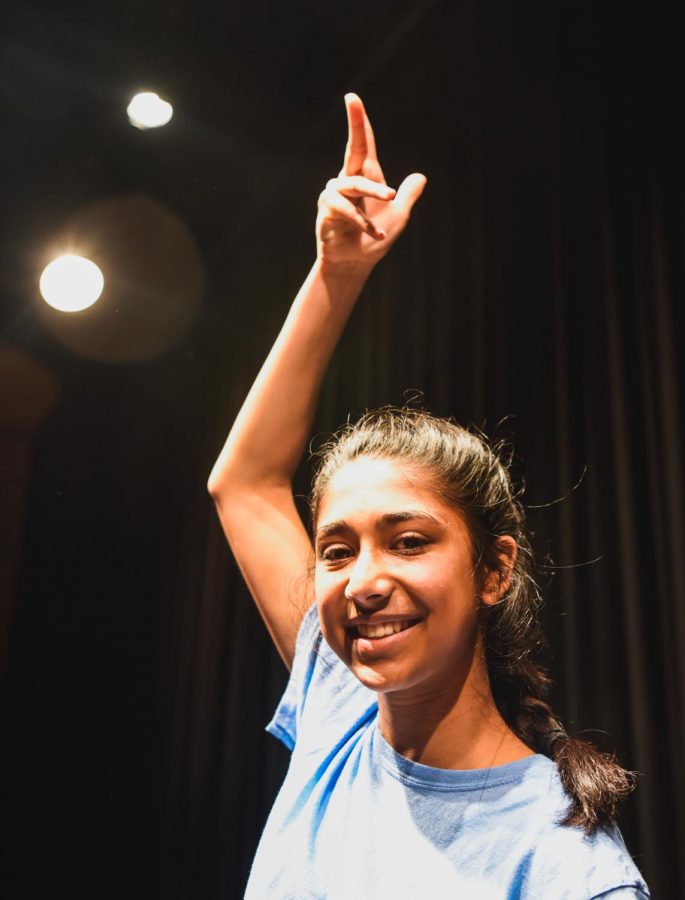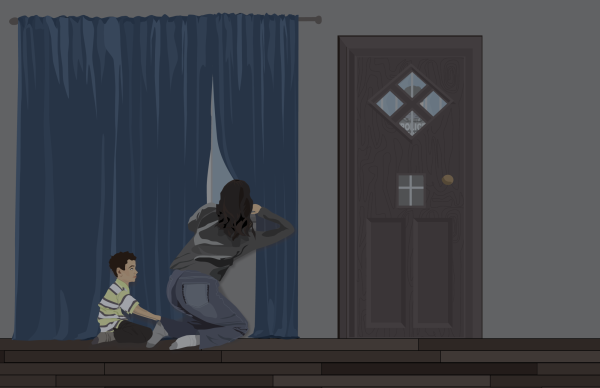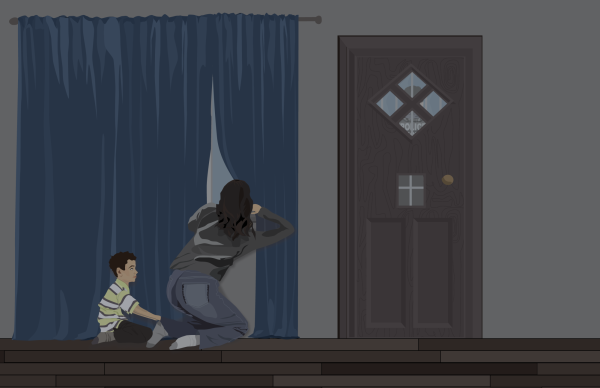Dance is a Universal Language
Nritya ae j maru jivan chhe
“I live for dance”
Sari flowing and hips moving, sophomore Shreya Patel danced to the Sanskrit song that had become the background music for her intense bharatanatyam routine. The movements came naturally. Her swaying movements told the wordless story of a Hindu god.
“We have a lot of sacred books; in one of my pieces we talk about one of my gods called Lord Rama,” Patel said. “We’re telling the story of the book written about his life.”
Two hours a day. Six days a week. Tracing movements until they become memory and searching for the meaning behind the motion, dance motivated Patel.
That wasn’t always the case.
“I hated bharatanatyam for the first three years of my life, absolutely hated it,” Patel said. “My mom pushed me to do it because it was her dream and she was living it through me.”
Patel learned to love dance and spent countless hours at the dance studio trying to perfect her movements.
“Dance is a way I can forget about any other stress I have,” Patel said. “It’s just me and the music and moving my feet.”
Patel practiced two types of dance, bharatanatyam and traditional Bollywood dance. Both are closely tied to the Hindu religion.
“My biggest struggle is learning how to maintain my culture,” Patel said. My culture is really judged because it’s way different from what we see here in America.”
Patel found herself caught between two worlds. At home, she speaks Gujarati with her family; at school, shespeaks English. When the worlds she lives in collide, dance is her happy medium.
“Dance helps me remember where I came from and where my ethnicity is,” Patel said, “It’s basically like trying to live in two worlds, but with dance, I can.”
With India on the other side of the globe, it is hard for Patel to stay in touch with her culture, but dance allows her to relieve stress and be herself regardless of where in the world she is.
“We have attire, sometimes I’ll have a thread on my wrist from a ritual and people are like ‘Why does it look like that?’ or the classic red dot in the middle ,” Patel said.
The norm in India differed from the U.S. for Patel. While the response to her dance was mainly positive, it didn’t stop people from asking questions.
“There’s a lot of things that people don’t like to open up to,” Patel said. “At some point, it’s going to seem bizarre. The outfits are different. The makeup is different. The music is different. Everything is so different that people just don’t like to accept it.”
Patel’s love for dance doesn’t stop with Bollywood. She’s eager to learn the dances of different cultures.
“Dancing a totally different form than what you normally see makes me want to learn other country’s dance forms,” Patel said.
Although no one in her family dances as much as she does, they all have a love for everything Bollywood.
“Every weekend when my brother comes home from college, we watch Bollywood movies,” Patel said. “We just break out and dance to some of the songs.”
The song slowly faded and Patel’s sari that was once a blur of colors lay still. Her love for dance didn’t stop on the stage or even with Bollywood and bharatanatyam.
“I want to travel and experience other cultures and their dance forms,” Patel said. “Every culture is so different, but dance is so universal.”








